-

3-Azetidinecarboxylicacid CAS:36476-78-5
3-Azetidinecarboxylicacid, also known as pyrrolidine-3-carboxylic acid, is a chemical compound serving as a key intermediate in organic synthesis. With its specific molecular structure, it acts as a crucial building block in the production of pharmaceuticals, agrochemicals, and specialty chemicals.
-
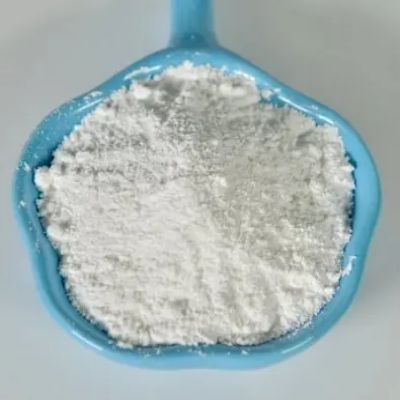
2-Chloro-6-nitrotoluene CAS:83-42-1
2-Chloro-6-nitrotoluene is a chemical compound commonly utilized in the synthesis of various organic compounds and fine chemicals. With its specific chemical properties, it serves as a valuable precursor in the production of pharmaceutical intermediates, agrochemicals, and specialty substances.
-
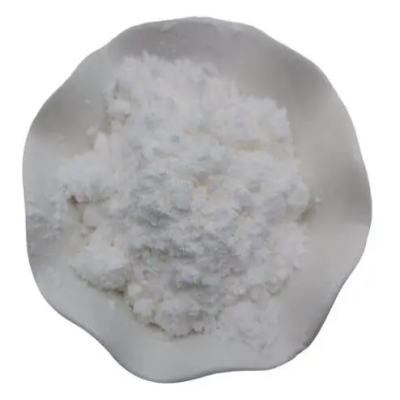
2-(CHLOROMETHYL)ALLYLTRICHLOROSILANE CAS:1871-57-4
2-(Chloromethyl)allyltrichlorosilane is a chemical compound serving as a versatile intermediate in organic synthesis. Its specific chemical properties make it valuable for the production of various compounds, including pharmaceuticals, agrochemicals, and functional materials.
-

1,1-DIBROMO-2,2-BIS(CHLOROMETHYL)CYCLOPROPANE CAS:98577-44-7
1,1-Dibromo-2,2-bis(chloromethyl)cyclopropane is a chemical compound used as an important intermediate in organic synthesis. Its specific molecular structure makes it a valuable building block for the production of various organic compounds, including pharmaceuticals, agrochemicals, and specialty chemicals.
-

3-Chloro-2-methylaniline CAS:87-60-5
3-Chloro-2-methylaniline is a chemical compound used as an intermediate in the synthesis of various organic compounds, including pharmaceuticals, dyes, and agrochemicals. With its specific chemical structure, it serves as a valuable building block in the production of diverse chemical substances and specialty materials.
-

4-(Aminomethyl)benzoicacid CAS:56-91-7
4-(Aminomethyl)benzoic acid, also known as p-aminomethylbenzoic acid, is a chemical compound with an aminomethyl group attached to a benzene ring. It is commonly used as an intermediate in the synthesis of pharmaceuticals and organic compounds. This versatile compound plays a crucial role in various chemical processes and serves as a building block for the production of diverse compounds in the pharmaceutical and chemical industries.
-
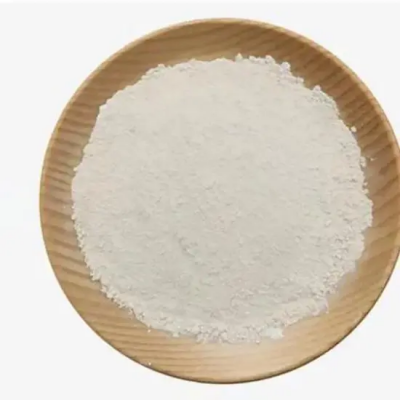
3-Chlorothiophene-2-carboxylicacid CAS:59337-89-2
3-Chlorothiophene-2-carboxylicacid is a chemical compound utilized as an important building block in organic synthesis. Its specific molecular structure makes it a valuable intermediate for the production of various organic compounds, including pharmaceuticals, agrochemicals, and specialty chemicals.
-
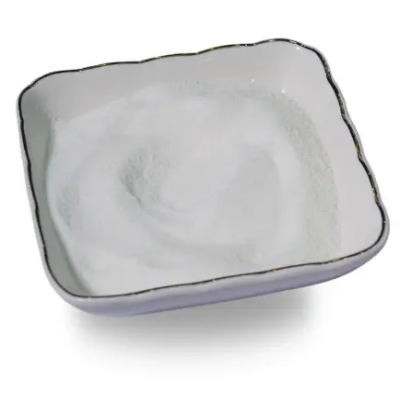
4,4′-Dimethoxytritylchloride CAS:40615-36-9
4,4′-Dimethoxytritylchloride is a compound commonly used in organic synthesis and chemical research. It is also known as DMTr-Cl and has the molecular formula C22H21ClO2. This compound plays a significant role in the protection of hydroxyl groups during chemical reactions, particularly in the field of nucleotide and peptide synthesis.
-

H-Glu-(OMe)-OMe·HCL CAS:23150-65-4
H-Glu-(OMe)-OMe·HCl is a modified form of glutamic acid designed for applications in peptide synthesis and biochemical research. This derivative, available in the hydrochloride form, features methyl ester groups, providing unique properties for studies in drug development, proteomics, and protein structure and function analysis. With its tailored structure, H-Glu-(OMe)-OMe·HCl offers researchers a versatile tool for creating peptides with specific characteristics and investigating complex biological processes.
-

H-His-OMe·2HCl CAS:7389-87-9
H-His-OMe·2HCl is a derivative of histidine featuring a methyl ester group and two hydrochloride salts, commonly used in peptide synthesis and biochemical research. This compound offers unique properties for applications in drug development, proteomics, and the study of protein structure and function. With its tailored structure, H-His-OMe·2HCl provides researchers with a versatile tool for creating customized peptides and investigating complex biological processes.
-

H-Gly-ONp·HCl CAS:17639-39-3
H-Gly-ONp·HCl is a derivative of glycine featuring an o-nitrophenyl (ONp) ester group, commonly used in peptide synthesis and biochemical research. This compound offers unique properties for applications in drug development, proteomics, and the study of protein structure and function. With its tailored structure, H-Gly-ONp·HCl provides researchers with a versatile tool for creating customized peptides and investigating complex biological processes.
-
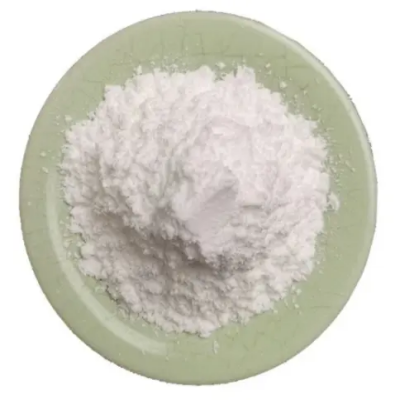
H-Hyp-OMe·HCl CAS:40216-83-9
H-Hyp-OMe·HCl is a derivative of hydroxyproline featuring a methyl ester group and hydrochloride salt, commonly used in peptide synthesis and biochemical research. This compound offers unique properties for applications in drug development, proteomics, and the study of protein structure and function. With its tailored structure, H-Hyp-OMe·HCl provides researchers with a versatile tool for creating customized peptides and investigating complex biological processes.

